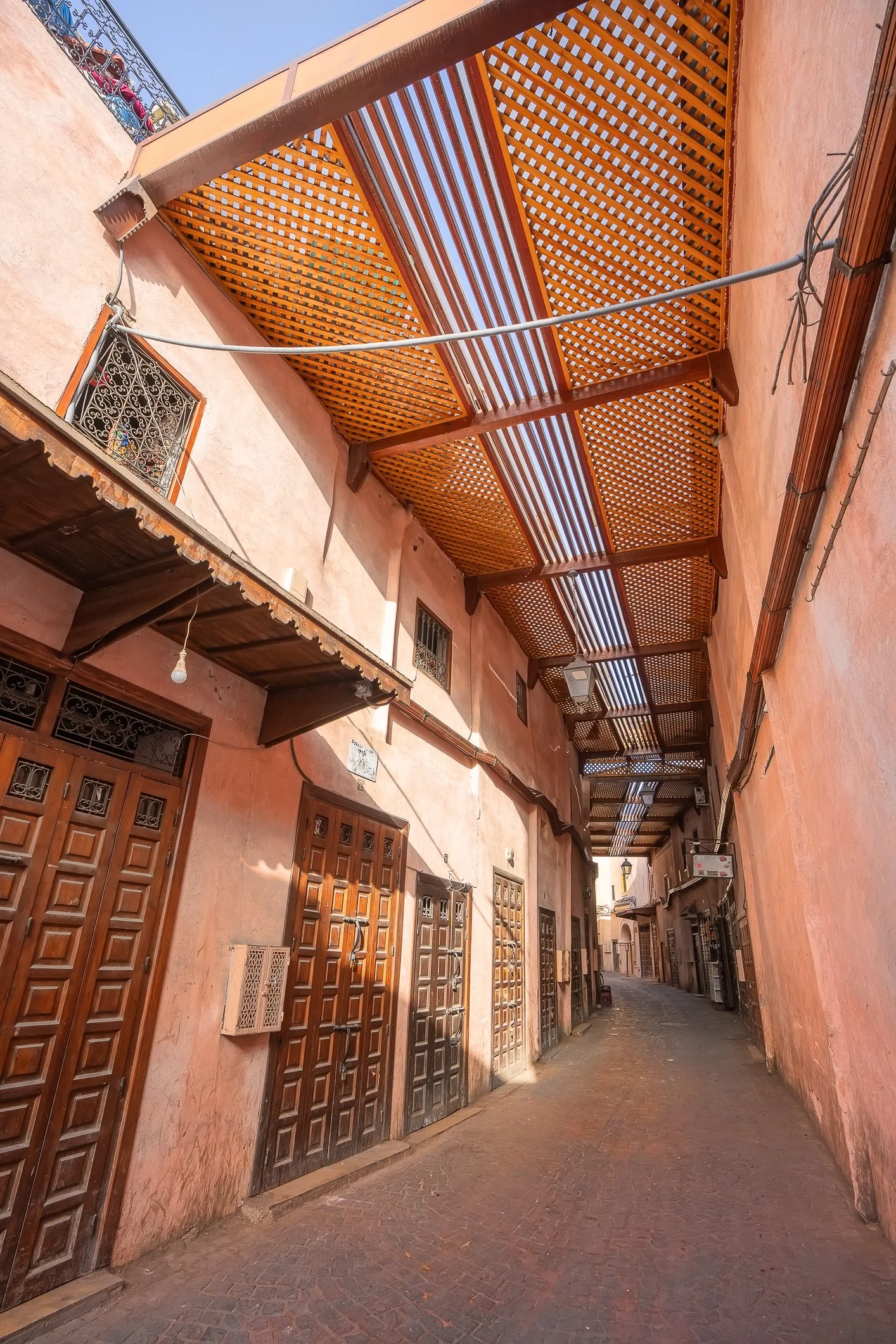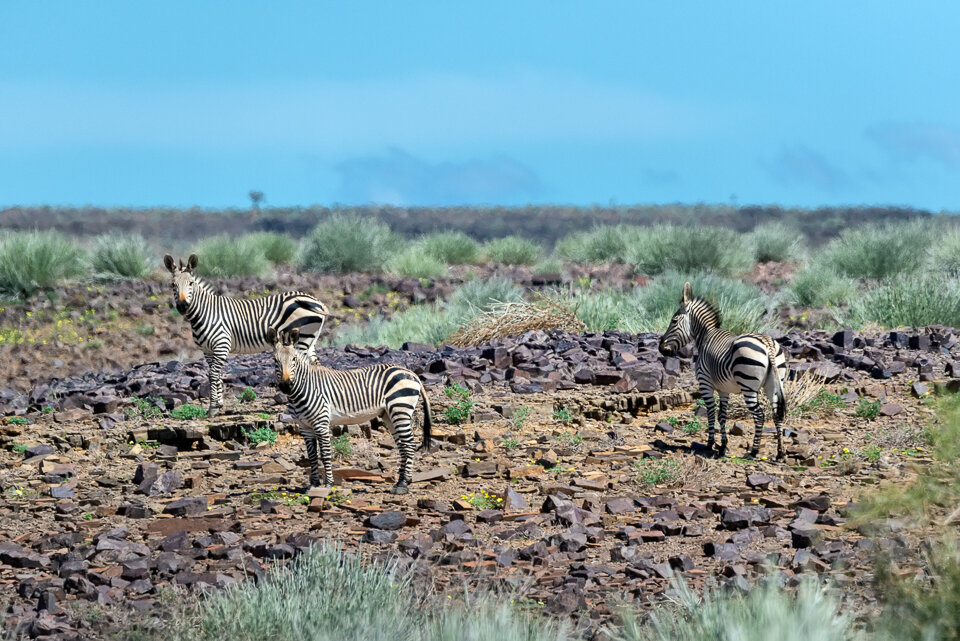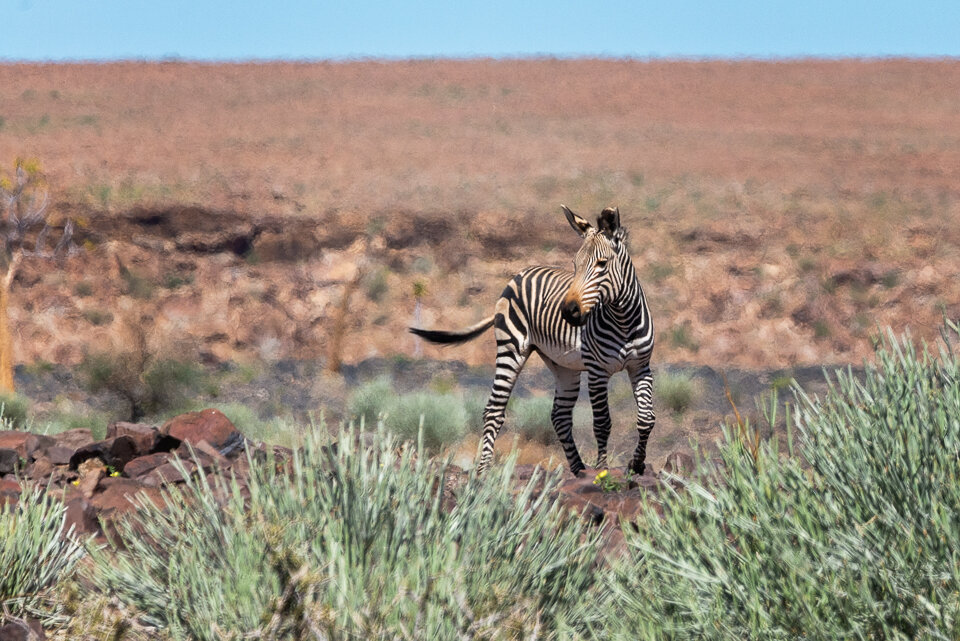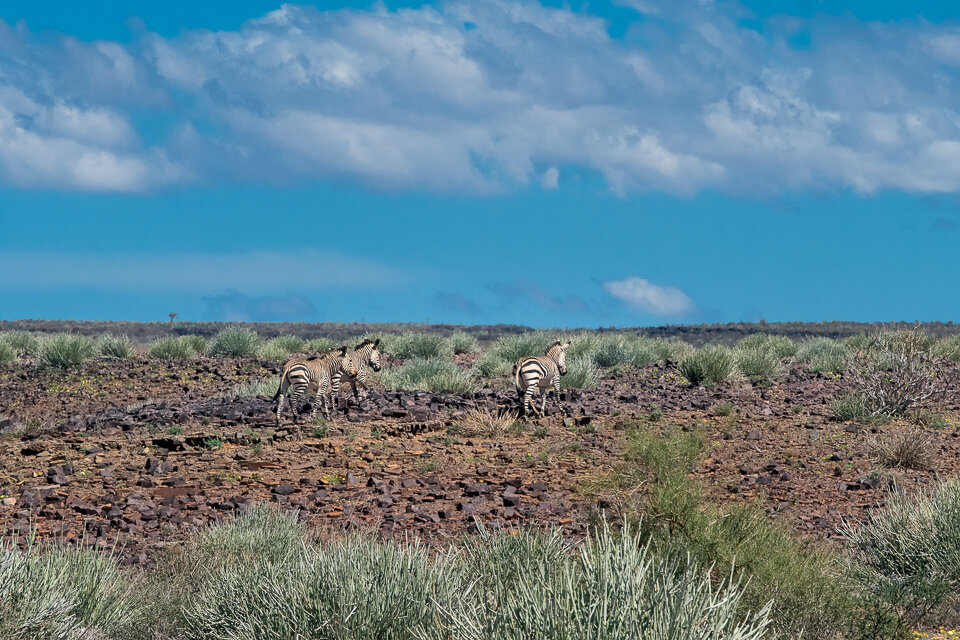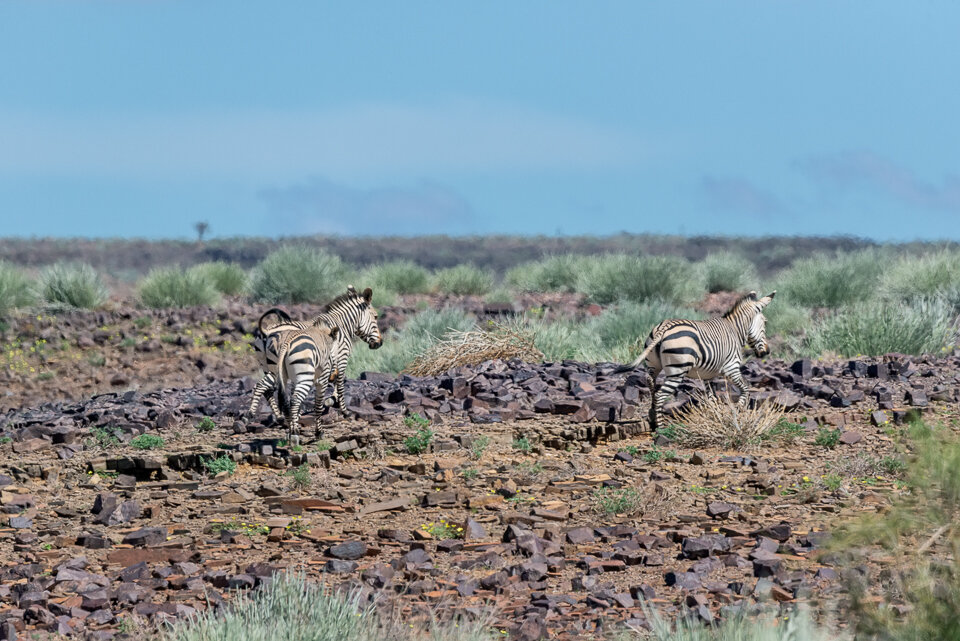Marrakech is often referred to as the "Pink City," and for a good reason! It is adorned with a unique pink hue that emerges from the local sandstone used in its architecture. The warm, terracotta tones of the buildings create a stunning backdrop against the vibrant blue skies and lush greenery, making it a visual feast for visitors..
The tradition of using this pink-coloured clay has been maintained over centuries, a nod to Marrakech’s rich history and cultural heritage. As a UNESCO World Heritage site, the city not only showcases its architectural beauty but also preserves the essence of Moroccan craftsmanship.
Marrakesz jest często nazywany „Różowym Miastem” i nie bez powodu! Wiele budowli jest tu zbudowanych z lokalnego piaskowca o unikalnym różowym odcieniu. Ciepłe, terakotowe barwy budynków pięknie kontrastują z błękitem nieba i bujną zielenią, czyniąc miasto ucztą dla oczu.
Tradycja używania różowej gliny jest podtrzymywana od stuleci, co jest ukłonem w stronę bogatej historii i dziedzictwa kulturowego Marrakeszu. Jako obiekt światowego dziedzictwa UNESCO, miasto nie tylko prezentuje swoje piękno architektoniczne, ale także zachowuje istotę marokańskiego rzemiosła.










